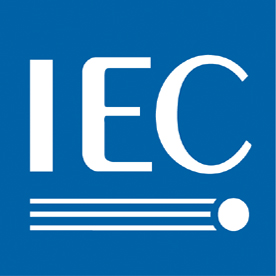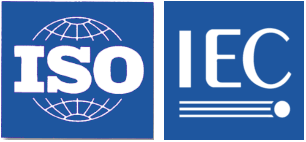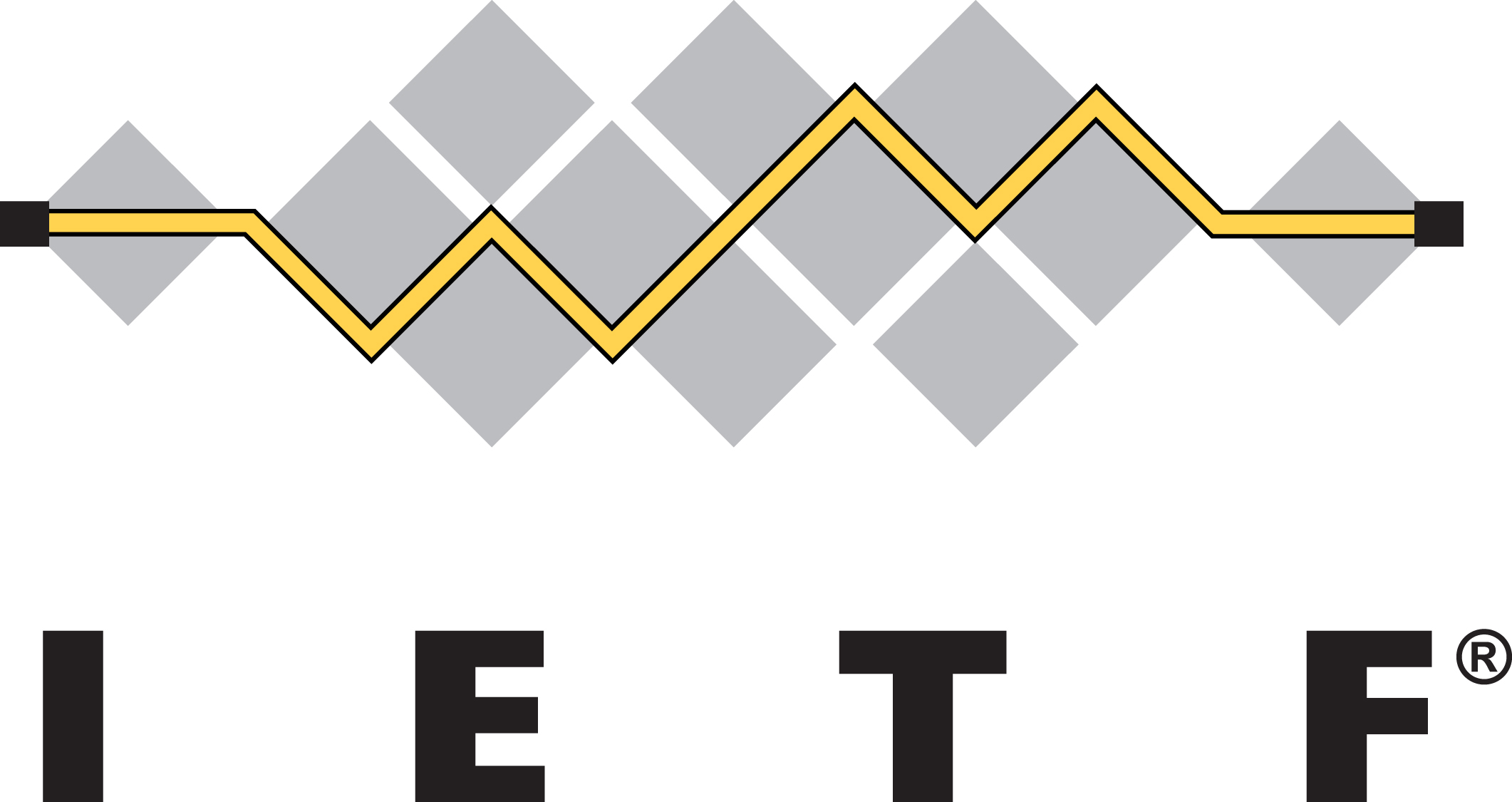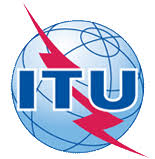IEC TR 62541-2:2020OPC Unified Architecture - Part 2: Security Model
IEC TR 62541-2:2020 which contains the International Standard and its Redline version, showing all changes of the technical content compared to the previous edition.<br /> <br /> IEC 62541-2:2020 describes the OPC Unified Architecture (OPC UA) security model. It describes the security threats of the physical, hardware, and software environments in which OPC UA is expected to run. It describes how OPC UA relies upon other standards for security. It provides definition of common security terms that are used in this and other parts of the OPC UA specification. It gives an overview of the security features that are specified in other parts of the OPC UA specification. It references services, mappings, and Profiles that are specified normatively in other parts of the OPC UA Specification. It provides suggestions or best practice guidelines on implementing security. Any seeming ambiguity between this part and one of the other normative parts does not remove or reduce the requirement specified in the other normative part.



